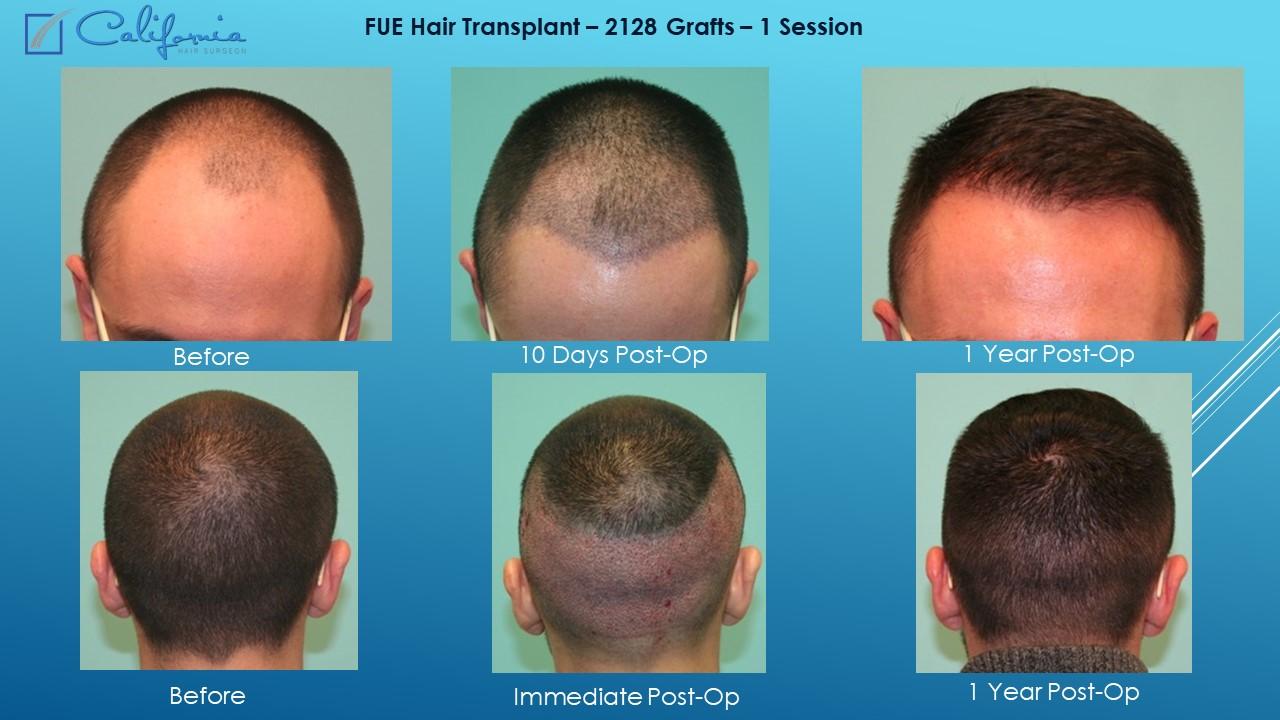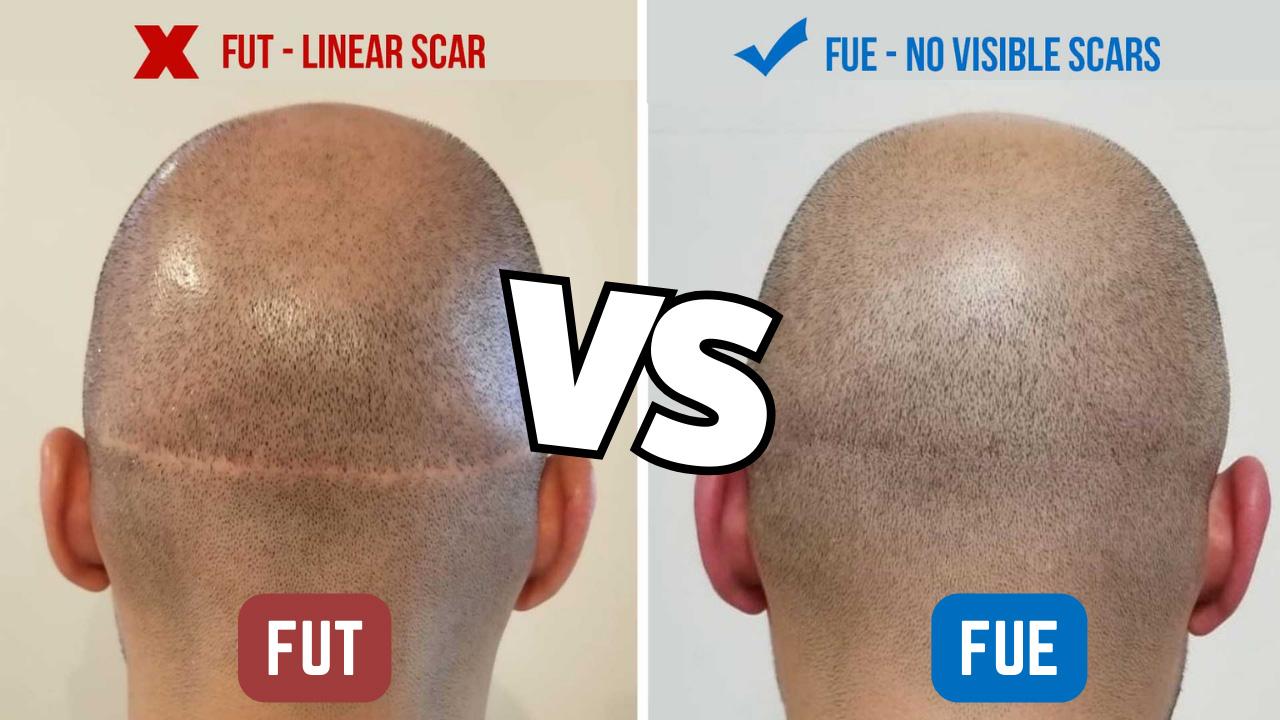In a world where first impressions matter more than ever, a full head of hair often symbolizes vitality and confidence. For those experiencing hair loss, the decision to reclaim that mane can be both liberating and daunting. Enter the prominent hair transplant techniques: Follicular Unit Extraction (FUE) and Follicular Unit Transplantation (FUT). Each method boasts its unique processes, benefits, and potential drawbacks, leading many to ponder which approach is right for them. In this article, we’ll delve into the intricacies of FUE and FUT, comparing their features to help you make an informed choice on your path to regaining not just your hair, but your self-assurance as well. Join us as we explore the nuances of these two popular procedures and what they could mean for your hair restoration journey.
Understanding the Basics of FUE and FUT Hair Transplants
When it comes to hair restoration, two of the most prominent techniques are Follicular Unit Extraction (FUE) and Follicular Unit Transplantation (FUT). Each method has its own set of advantages and is suited to different types of hair loss and personal preferences. Understanding the fundamentals of each can significantly impact the quality of your results and overall satisfaction with the procedure.
FUE involves the extraction of individual hair follicles from the donor area, typically the back of the scalp. These follicles are then implanted into the balding or thinning areas. The key benefits of FUE include:
- Minimal scarring due to the use of tiny punch incisions.
- Quicker recovery time, allowing patients to resume normal activities sooner.
- Less discomfort during the procedure, as it is usually performed under local anesthesia.
On the othre hand, FUT entails the removal of a narrow strip of hair-bearing skin from the scalp, which is then divided into individual follicular units for transplantation. This technique offers its own unique benefits:
- Higher follicle yield in a single session, making it ideal for patients requiring significant coverage.
- Cost-effectiveness compared to FUE, as it generally requires less time and labor.
- Suitability for patients with extensive balding areas.
| Feature | FUE | FUT |
|---|---|---|
| scarring | Minimal, dot-like | Linear scar |
| Recovery Time | Fast | Moderate |
| Follicle Yield | Moderate | High |
| Pain Level | Low | Moderate |

evaluating Benefits and drawbacks for Your Hair Restoration Journey
When embarking on your hair restoration journey, it’s essential to weigh the benefits and drawbacks of both Follicular Unit Extraction (FUE) and Follicular Unit Transplantation (FUT). Both methods have their unique advantages that could influence your decision. With FUE, you’ll appreciate the minimal scarring and faster recovery time, allowing you to return to your routine more quickly.Additionally, FUE is more suitable for those who prefer to keep their hair short, as the scars are less visible compared to FUT, which involves a larger strip of scalp being removed.
Conversely, FUT presents its own compelling benefits. The method typically allows for greater graft yields, meaning you could achieve denser coverage in one procedure.This can be notably advantageous for individuals experiencing advanced hair loss or requiring extensive restoration. Additionally, FUT is often considered more cost-effective for those needing a larger number of grafts, as it can usually be performed in a single session, reducing the need for subsequent procedures.
However, both techniques come with certain drawbacks that warrant consideration. FUE may lead to higher overall costs if multiple sessions are necessary for optimal results, and the meticulous extraction process can lead to longer surgery time. On the other hand, FUT involves a longer recovery period with possible pain at the donor site, and the linear scar resulting from the strip removal can be a concern for those who wear their hair short. Weighing these factors is crucial for determining which method aligns best with your goals and lifestyle.

Personal Factors to Consider When Choosing Your Hair Transplant Method
When deciding between FUE and FUT hair transplants, it’s essential to evaluate your personal circumstances, which can significantly influence your choice. One critical factor is your hair loss pattern. Individuals experiencing extensive hair thinning or those with a less dense donor area might find FUT’s strip method more advantageous as it allows for harvesting a larger number of grafts in one procedure. Conversely, if you have minimal hair loss or prioritize a less invasive approach, FUE may suit you better.
Your lifestyle also plays a considerable role in this decision. If your daily routine involves a busy schedule with limited downtime, FUE could be ideal as it generally promotes a quicker recovery time. Patients who opt for FUT might face a longer healing period due to the linear scar, which could be a concern for those wanting to return to social activities promptly. Consider how visible your recovery will be and how that aligns with your personal and professional life.
Additionally, your financial considerations will impact your choice of hair transplant method.While FUE is frequently enough seen as the more advanced and preferred technique, it tends to be pricier due to its labor-intensive nature. On the other hand, FUT may provide a more budget-friendly option, particularly for individuals seeking a more considerable volume of grafts. Weighing your financial constraints against your desired outcome is crucial in making a well-informed decision.

Expert Recommendations: Making the Right Choice for Lasting Results
Choosing between FUE and FUT hair transplant techniques requires careful consideration of several factors that can influence your decision. Both methods offer unique benefits, and understanding these can help you make an informed choice that aligns with your lifestyle and hair restoration goals. Consulting with a hair restoration expert is crucial to evaluate your specific situation, including factors such as hair loss pattern, donor hair availability, and personal preferences.
When evaluating these options, keep these essential points in mind:
- Aesthetics: FUE typically results in minimal scarring, making it a popular choice for those looking for a discreet option.
- Recovery Time: patients usually experience faster healing with FUE, allowing a quicker return to regular activities.
- Cost considerations: FUT can be more cost-effective for larger graft needs, as it often involves fewer sessions.
| Feature | FUE | FUT |
|---|---|---|
| Scarring | Minimal, dot-like | Linear scar |
| Graft Extraction | Individual follicles | Strip of scalp |
| Suitability | Less hair available | More extensive loss |
Ultimately, the right choice comes down to personal preferences, the specific nature of your hair loss, and the advice of your healthcare professional. Take the time to discuss all options with an experienced consultant, who can provide insights tailored to your unique circumstances.Remember, a well-informed choice not only enhances your satisfaction but also facilitates achieving the best possible outcomes for your hair restoration journey.
The Way Forward
In the journey toward restoring your hair and confidence, understanding the nuances of hair transplant methods is paramount. Both FUE and FUT offer unique advantages and challenges, leaving you with the vital task of choosing the path that aligns best with your lifestyle and aesthetic goals. Ultimately, the decision should rest on thorough research, personalized consultation, and an honest reflection of your individual needs.
As you weigh the intricacies of each technique,remember that this is not just about hair—it’s about reclaiming your sense of self and stepping into the future with renewed enthusiasm. Whether you lean towards the precision of FUE or the tried-and-true method of FUT, what matters most is that your choice resonates with you.
the journey is as significant as the destination, and with the right facts and guidance, you’ll be well on your way to achieving the look and feel you desire. Here’s to the next chapter—one where you confidently embrace your hair and the possibilities that lie ahead.
